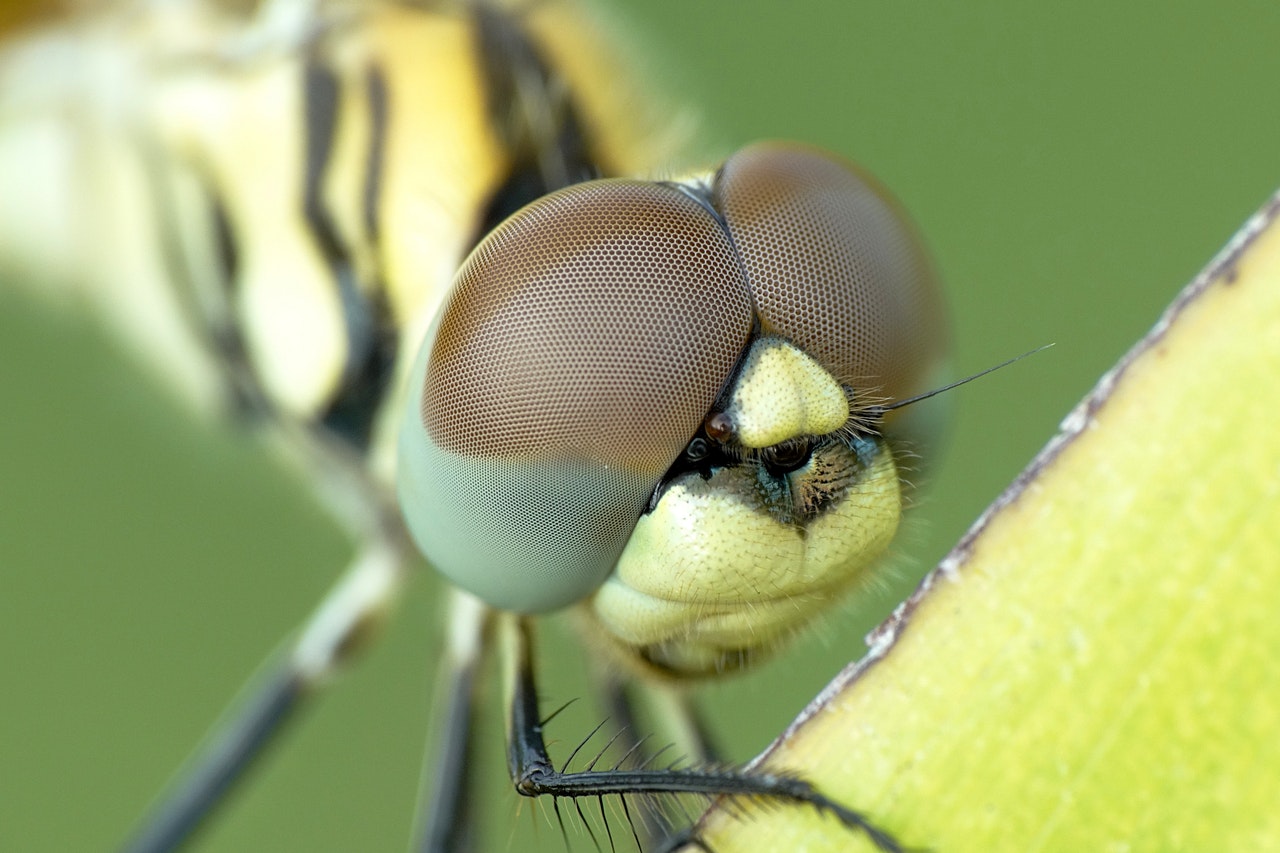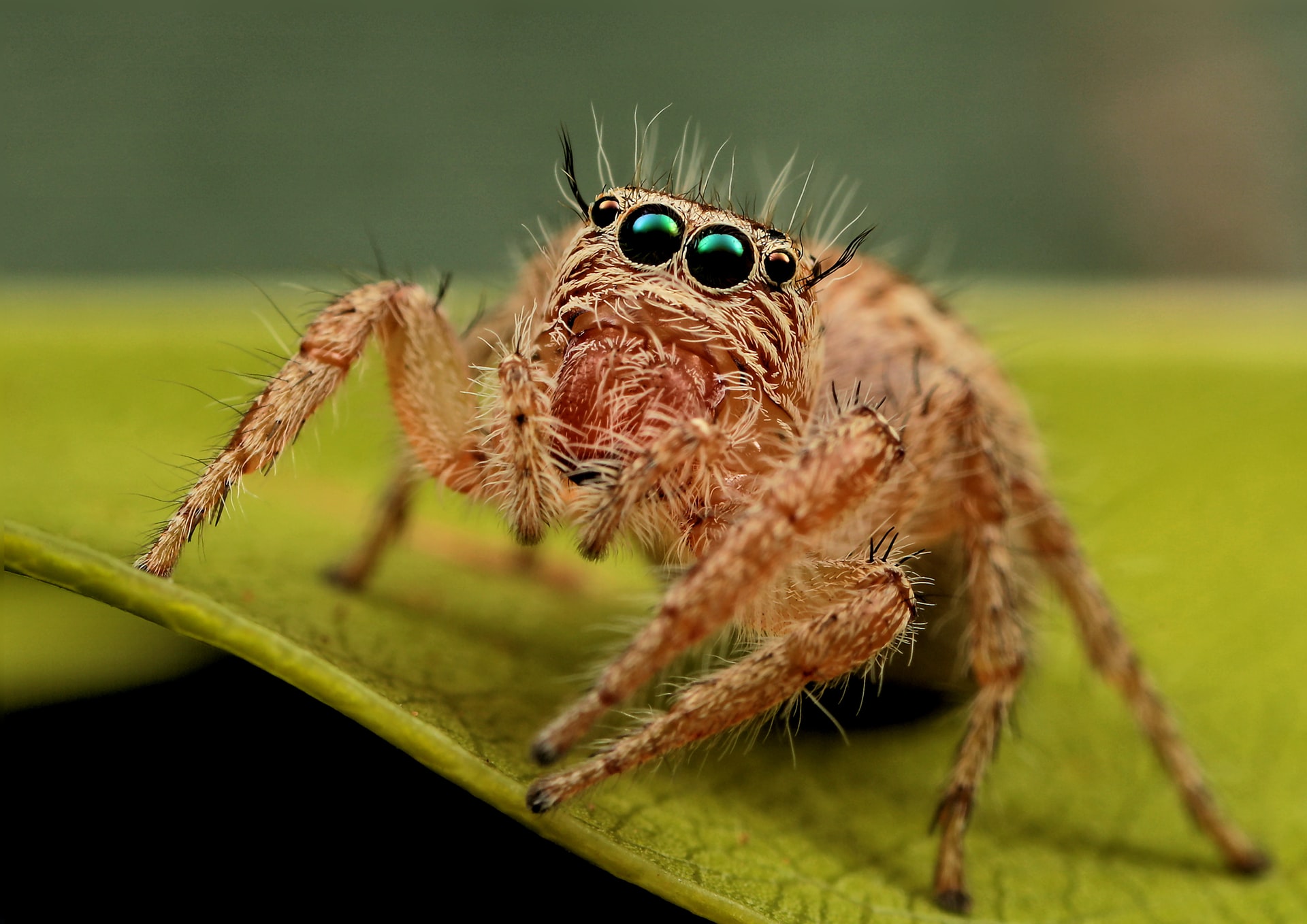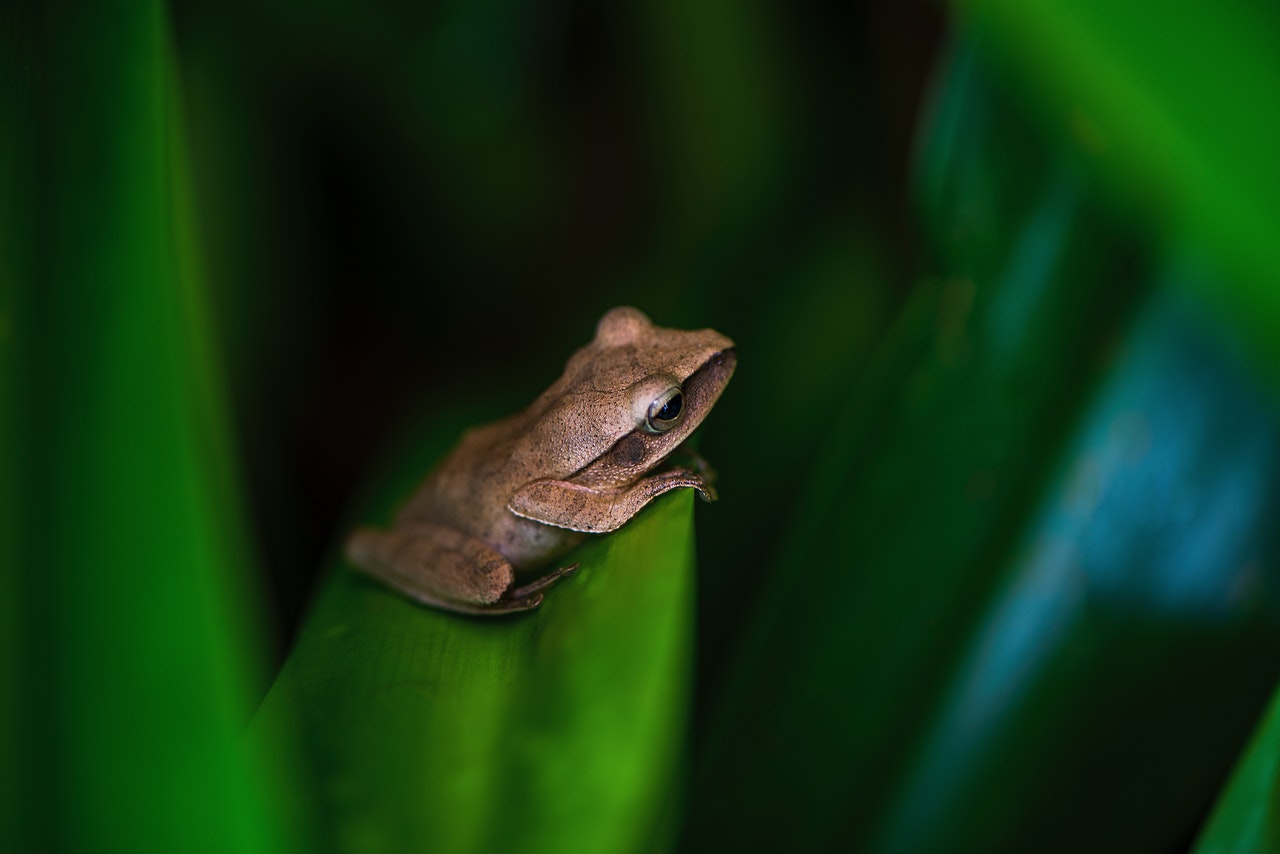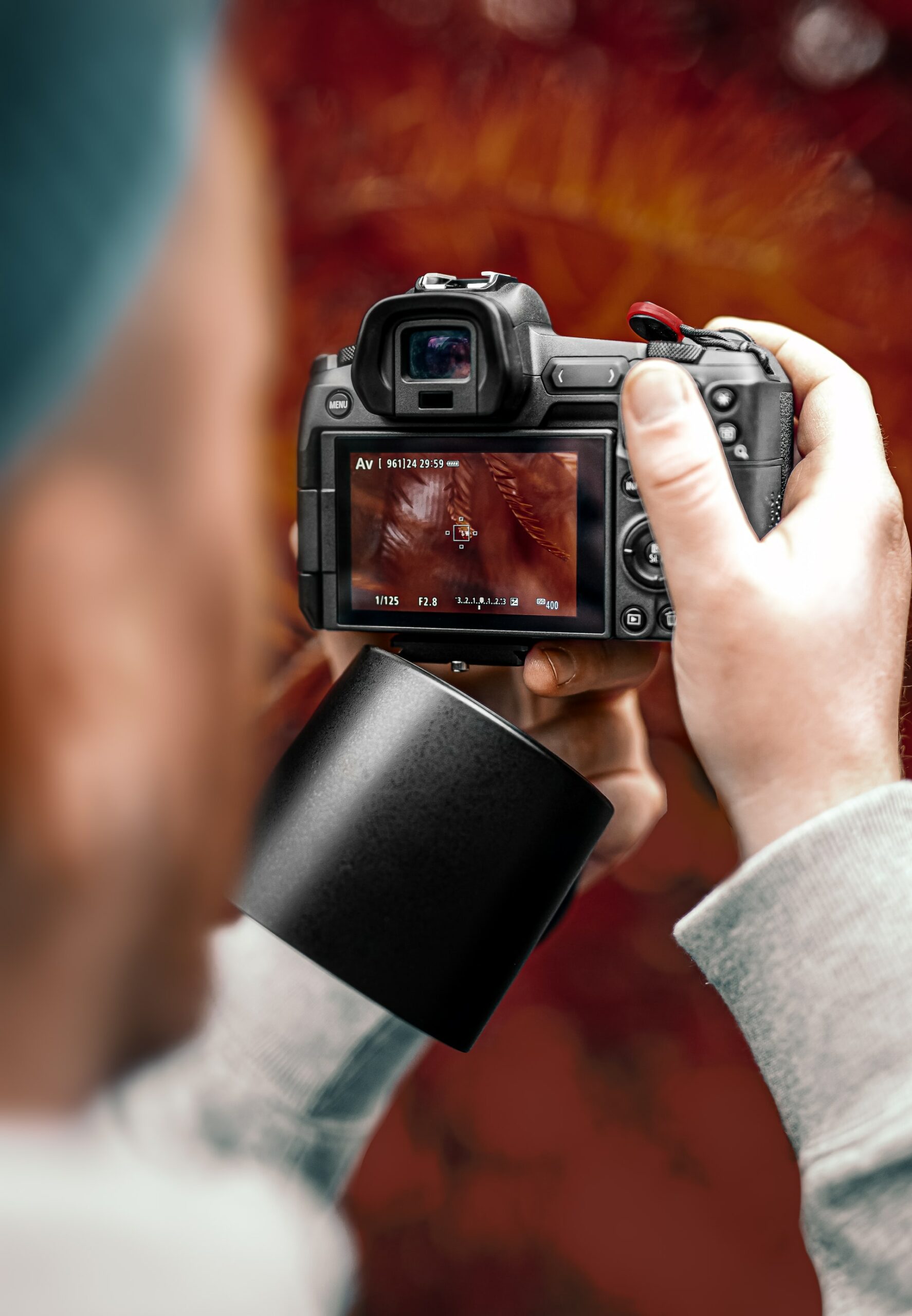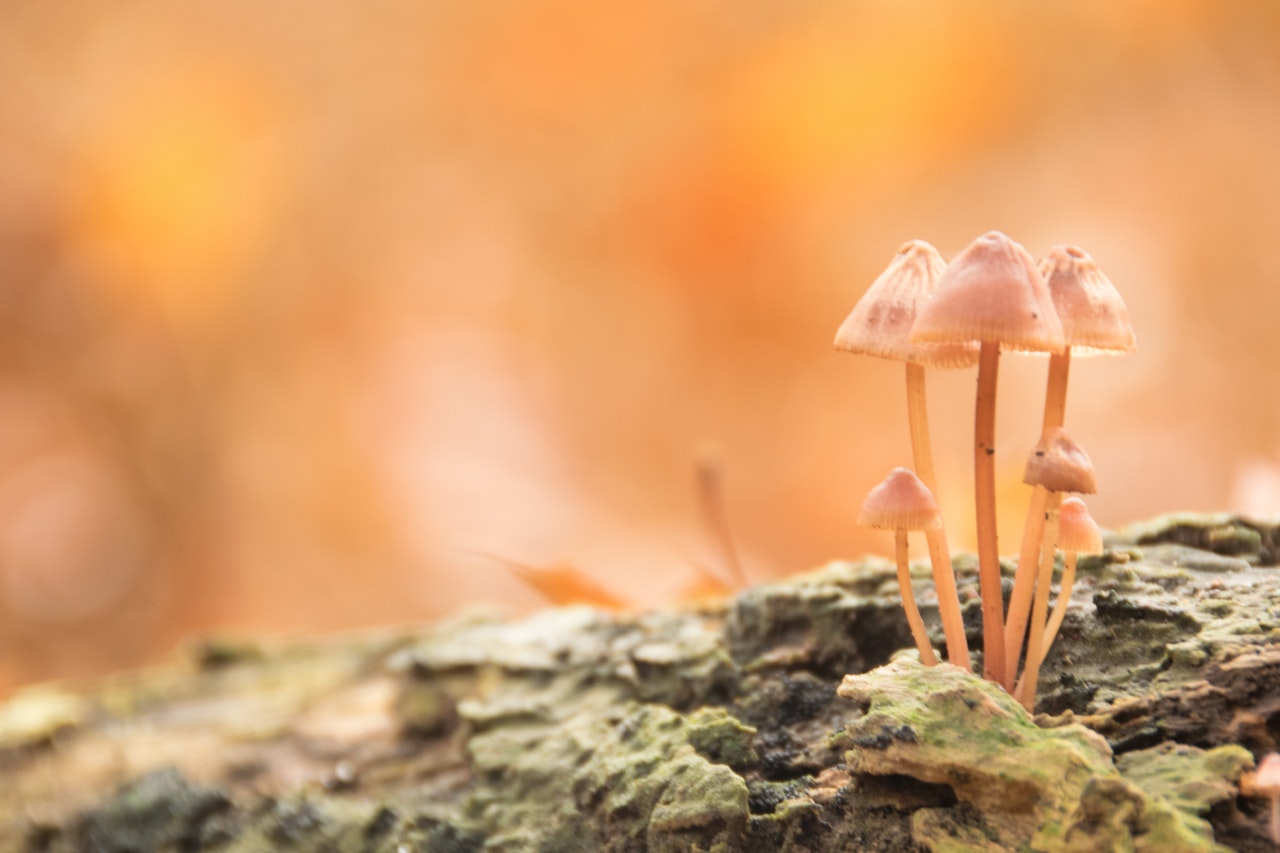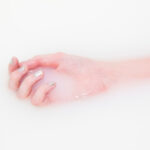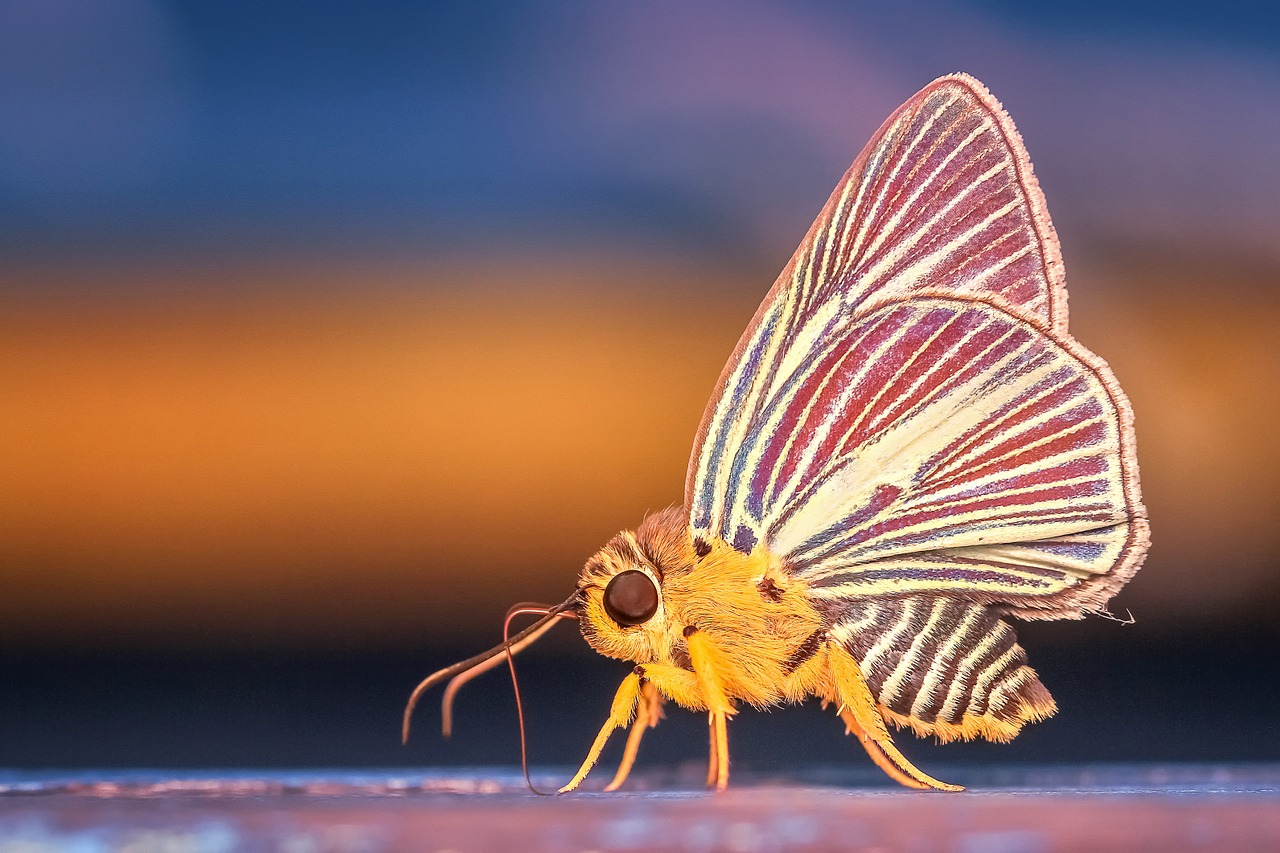
A discovery that was earlier established as a scientific pursuit in the 19th century; macro photography allowed the human eye to study images at high magnification. Bringing the phenomenon ‘larger than life’ into existence, individuals today can use macro photography to capture/study their subjects at a 1:1 sensor size and camera focus. Apart from taking world-class macro portraits, the technology is also being used for live streaming in the digital landscape. You can learn more about how to live stream using numerous tutorials over the internet. Additionally, artists should note that to determine the accurate level of magnification, the correct aspect ratio needs to be measured using a twitch banner size.
Ahead are seven expert macro photography tips and techniques which photographers can adopt for close-up wildlife photography.
Tip 1 – Choosing the Right Macro Lens
Getting up close to capturing a macro image requires using a good macro lens. They have a short focus distance (SFD), so it’s relatively designed for shooting objects up-close. Additionally, a macro lens with a 1:1 ratio is a must – as the tiniest of objects can be captured at the proper distance. With this specific lens design, photographers can observe wildlife interactions using minimum focus distance. Thus, efficiently achieve the zoom ratio using different focal lengths.
Tip 2 – Choosing a Focal Length
Due to the fixed focal length, wildlife photographers can choose between the standard lengths. They can go between 50mm, 100mm, 180mm based on their subject and other factors (lighting, distance, price, etc.) Although lighter, economical, and easily portable, the shorter focal lengths require being to their subjects. If you’re a wildlife photographer at an early stage, it’s recommended to go for an intermediate focal length (greater than 90mm). So, you can focus on optical quality at a less focusing distance.
Tip 3 – Choosing Camera Accessories
Capturing wildlife species requires tremendous effort as small creatures are fun. But more focus needs to be put on the subject to capture it at near life-size. Here is where some recommended equipment can layer an image beyond the surface. Extension tubes, diffusers, macro rails, flashlights, tripods, amongst other specialized gear, help create sub-genres under your wildlife macro shots. A minimal investment may also trigger and transform your existing work into world-class techniques.
Tip 4 – Choosing an Appropriate Background
Living animals are more complex to capture in still life. Since one has little control over the setting (location, lighting, and even the background but not with the animals.) Photographers need to be highly static and maintain patience. They can start by laying their subject in the image against a background of their choice. Many photographers choose to keep things simple. They place their camera in front of an animal ahead of the contrasting background. So, it results in a lovely background blur. While one can even take a few incredible shots of wildflowers, bugs, etc., with an equally stunning background.
Tip 5 – Focus on Depth of the Field
Getting the right combination of sharpness and depth of field is one of the most challenging aspects of macro photography. Utilizing a smaller aperture has the disadvantage of reducing the clarity of your image. This is due to the diminished and diffracted light and less field depth that can blur important elements of your subject. If you can shoot from a perspective or angle to fit the most important or exciting parts of your subject on a single plane of focus, ensure that it remains sharp. In contrast, the background bokeh should look beautiful. Finding the largest aperture will allow you to do so without blurring your subject.
Tip 6 – Enhance Your Camera Composition
A photographer should understand how to improve their composition on-camera, whether they’re shooting macro or another form of photography. Instead of relying on post-processing to correct your composition, properly framing your subject before clicking the shutter is essential. Don’t just crop an insect photo to make it appear larger. Increase the magnification of your subject while shooting to maintain the original resolution.
Wrapping Up
Now that we’ve developed more ‘focus’ on the subject, wildlife photographers should remember that the profession is extremely rewarding despite its many novices. It becomes a skill after you’ve become used to it. And you’ll be well on your way to enhancing your images with each click of the shutter. While there are many elements to keep in mind to get a decent professional macro shot, practicing the art will only make the craft more remarkable.



